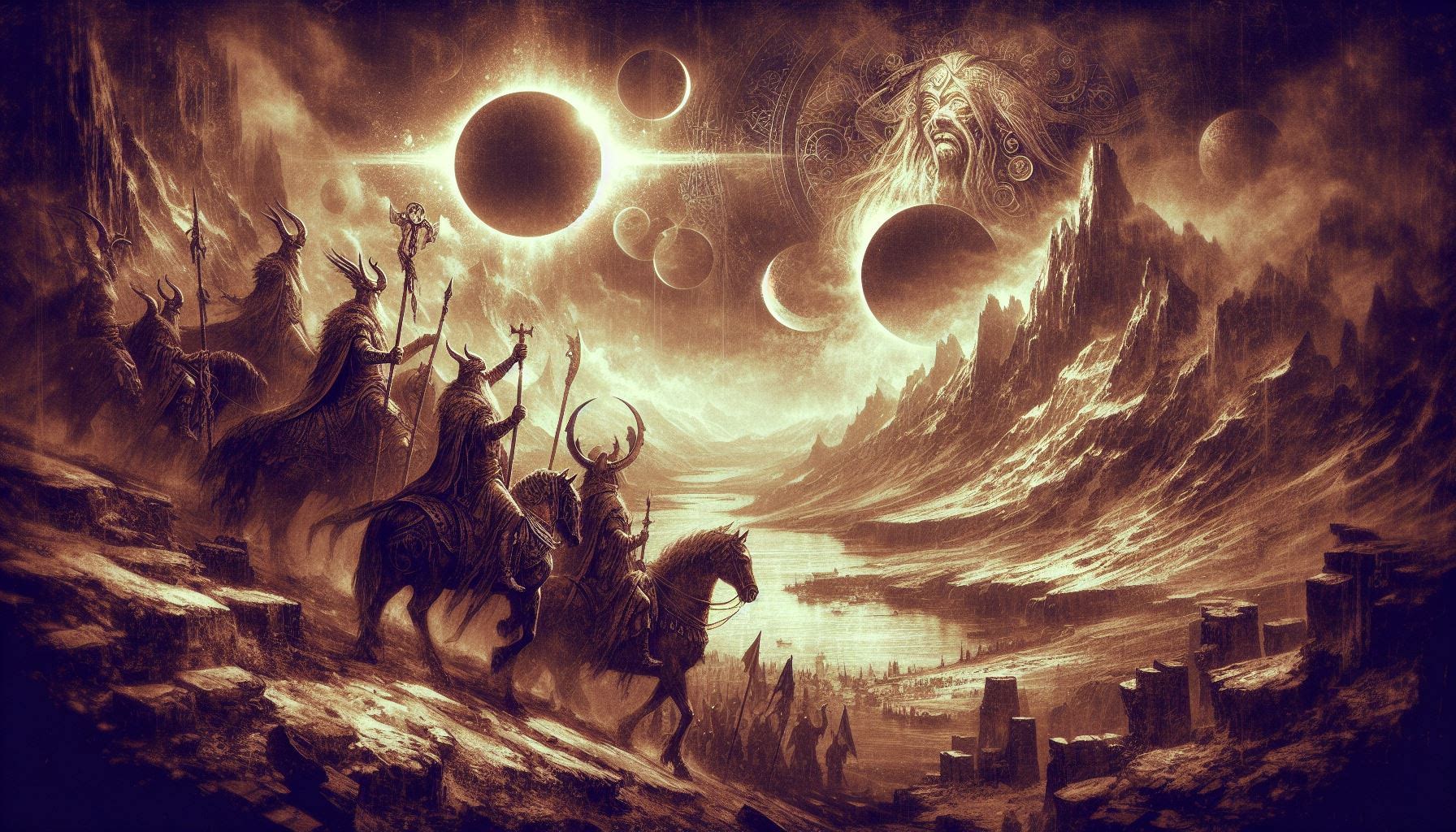History of Solar Eclipses
Throughout history, solar eclipses have captivated the imagination of ancient civilizations, often invoking a sense of fear, wonder, and reverence. In many ancient cultures, such as those of the Mayans, Egyptians, Norse, and Chinese, eclipses were often interpreted as omens or messages from the gods. Rituals and ceremonies were performed to appease these celestial forces and ensure the safety of their communities. The ancient Greeks, however, were among the first to develop more scientific explanations for eclipses, recognizing them as natural phenomena caused by the alignment of the Earth, Moon, and Sun.

As human understanding of astronomy progressed, so did our ability to predict solar eclipses with greater accuracy. Even older civilizations like Mesopotamians and Greeks were able to predict some eclipses with reasonable accuracy using patterns. However, Edmond Halley in 1715 was the first to predict them using Newton's laws of physics rather than tracking patterns. Since then, we keep getting more and more precise. Below is a picture of Edmond Halley.

Solar eclipses have played a significant role in advancing scientific knowledge and understanding of the cosmos. One of the most notable breakthroughs facilitated by solar eclipses was the confirmation of Albert Einstein's theory of general relativity during the solar eclipse of 1919. Observations made during this eclipse provided evidence supporting Einstein's predictions regarding the bending of light by gravity, revolutionizing our understanding of the fundamental laws governing the universe. Additionally, solar eclipses continue to provide opportunities for scientific research, allowing astronomers to study the Sun's corona, solar flares, and other solar phenomena that are typically obscured by the Sun's bright glare.
